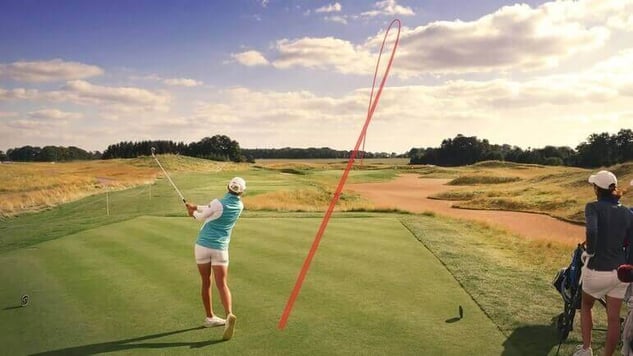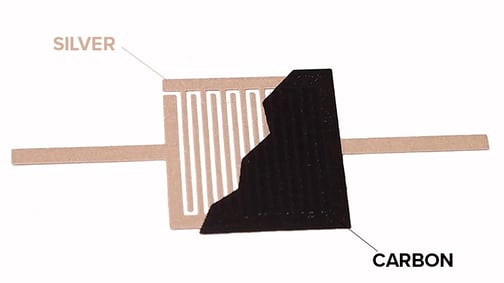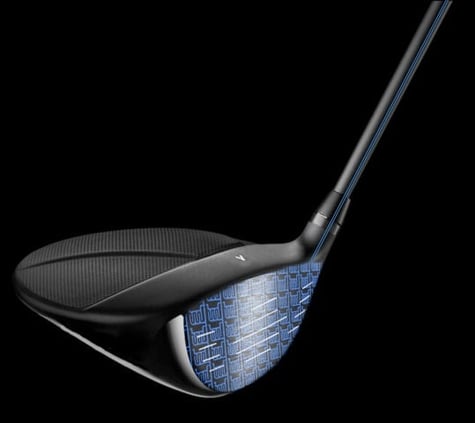
Now that summer is finally here, warm-weather activities like boating, BBQing, and golf are in full swing. Our office is full of people who play golf. It can be a great de-stressor or the ultimate stressor depending on how you’re playing. When you’re not playing well, you may be looking for new opportunities to improve your golf game.
Golf technology has come a long way since the game first started in 1774. The first golf balls were made of wood or feathers. Golf has come a long way in the last three centuries.
Today, there’s plenty of technology available that helps improve your golf game such as speed sticks and Arccos Caddie Smart Sensors. Force sensing resistors (FSRs), which do exactly what the name implies, can also help track data that could improve your game. FSRs have many applications in golf, such as tracking the force of the hit when added to the face of a golf club.
How Force Sensing Resistors Work

Force-sensing resistors are sensors that track force. They are made of mainly carbon and silver. These elements allow electric pulses to travel through the sensors. High-resistance, carbon-based inks are screen-printed between two layers of flexible material. The sensor can then be heat-transferred onto a variety of different materials. When pressure is applied to the sensor, the conductive inks send a brief electrical signal to notify how much force was applied.
There are two basic types of FSR configurations: ShuntMode and ThruMode. ShuntMode FSRs are printed fingers shorted, or “shunted,” by another layer. ShuntMode FSRs can more easily detect a wider range of forces. ThruMode FSRs requires more silver and carbon ink, but this makes the sensor more receptive to lighter forces.
FSRs can also be printed in a matrix pattern. This helps to narrow down exactly where the location of the force is being sensed.
How FSRs Can Improve Your Golf Game
If you need to improve your performance while on the green, then the best option to use is a ThruMode FSR. When adhered to the face of a putter, a ThruMode force sensing resistor can detect fine details like how hard you’re hitting the ball. By tracking this data, you can begin to perfect your putts.
A ShuntMode FSR can help those seeking more distance with their driver. When this force sensing resistor is added to the face of the driver you can detect how much force was used to send the ball soaring through the air. Maybe you could use a little more force to drive the ball further or a little less force might help you keep the ball in play.
If force sensing resistors were added to the fingertips, or palm of a golfing glove, they could track your grip pressure. Wouldn’t it be cool to see on an app how much pressure you applied to the hit? Wouldn’t it be great to know if you are gripping the club too tightly?
By combining a matrix FSR with an app, you can track where the ball hits the clubface. This could help you determine what went wrong when your ball ends up in the pond instead of on the green. The app would be able to track your data to be able to realize your tendencies. Use this FSR at the driving range or while practicing, so you’re ready to hit one down the middle the next time you play.
Sync Data with Other Golf Technology
Imagine if there was a way to sync the FSR app to your range finder or if you were able to use the camera on the back of your cell phone to calculate the distance. By pairing an FSR with a smartphone app, the data can tell you exactly how hard to hit the ball to help your score under par on every hole.
It can also tell you where you need to hit the ball for the perfect hole in one. Link the app with the GPS layout of the course. Let the app do the math for you. The app could give you a picture of exactly where to hit the ball. In no time you will be able to realize the exact amount of force you need to be able to beat Tiger Woods in 18 holes.
Similar sensors are already on the market, but they get attached to the end of the club instead of on the face. Look to Arccos Golf to find out more about new golfing technology.
What Else Can Force Sensing Resistors Do?
Not everyone can be a golf professional, but millions of people worldwide enjoy the sport as a hobby. Force sensing resistors could be a great way to improve your golf game, but they also have life-saving applications.
FSRs can be added to surgical robots to enhance performance and minimize error. They can also help prevent human error when added to pill bottles. FSRs can sense when pills are taken out of a bottle to regulate medication use during a hospital stay. The possibilities for FSRs are endless.
The Butler Technologies team is an industry leader in force sensing resistor technology. If you’re ready to make your idea a reality, whether it be for golf, inventory control, or the medical field, reach out to our team today.
Meet the Author

Courtney Houtz is the marketing lead for Butler Technologies, Inc. In her role, she is responsible for content strategy, branding, and project management. She is a graduate of Michigan State University with a degree in social relations and policy.

